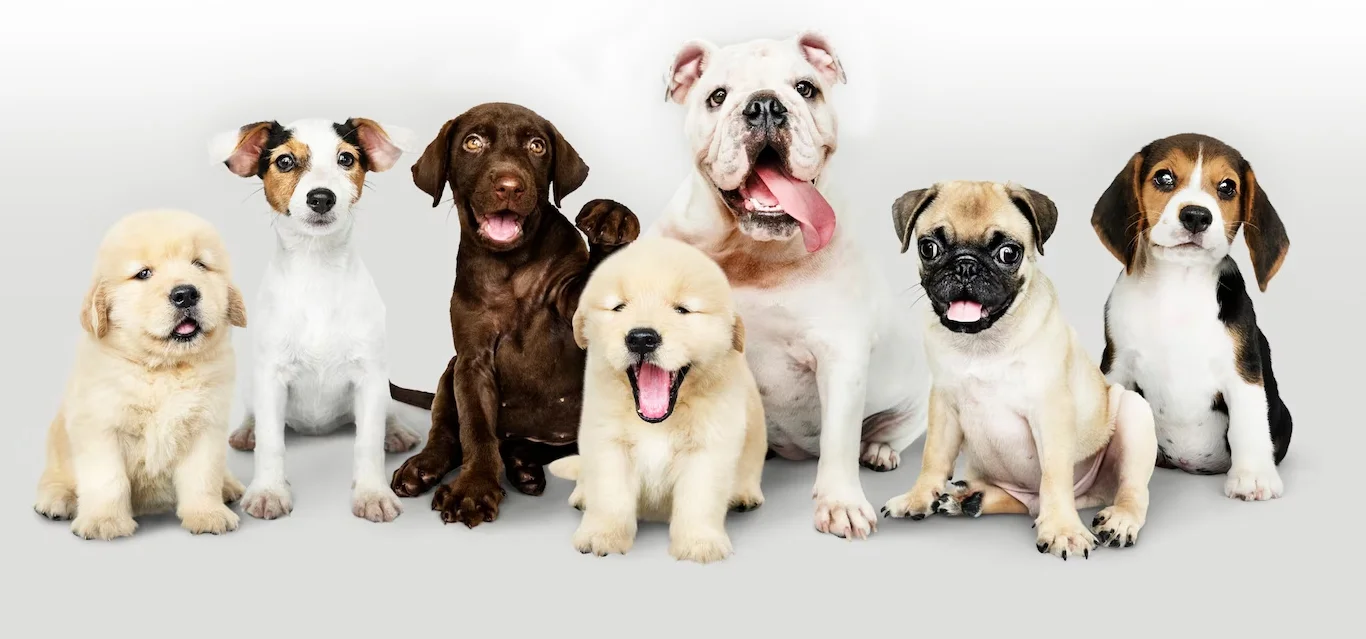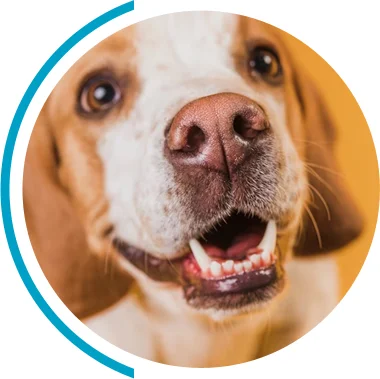Dog aggression can be a troubling issue for pet owners, often leading to anxiety, fear, and misunderstanding. The Oakhurst Training approach offers a comprehensive method designed to address these concerns effectively. This article will delve into the nuances of dog aggression, outline the principles behind Oakhurst Training, and explore the integral role owners play in the training process.
Understanding the underlying causes and types of dog aggression is crucial for managing and correcting unwanted behaviors. Aggression in dogs can manifest in various forms, and recognizing these signs can help in developing effective training strategies. It is important to remember that aggression is often a symptom of an underlying issue rather than a personality flaw in the dog. By taking the time to understand what drives aggressive behavior, owners can foster a safer and more harmonious environment for both their pets and those around them.
There are several factors that contribute to dog aggression, including fear, territorial behavior, and resource guarding. Fear-induced aggression often occurs when a dog feels threatened or cornered, leading them to react defensively. Additionally, some dogs may exhibit territorial aggression when they perceive an intrusion into their space, while others might guard food, toys, or their owners. This guarding instinct can be particularly pronounced in certain breeds that have been historically bred for protection or herding tasks.
Understanding the cause of aggression requires careful observation of the dog’s environment and interactions. Stressful experiences, lack of socialization, and negative encounters with other dogs or people can all escalate aggressive behaviors. Factors such as changes in the household, the introduction of new pets, or even a move to a new home can trigger anxiety and aggression in dogs. Proper identification of these triggers is vital for addressing the problem effectively. Engaging in positive reinforcement training and gradually desensitizing the dog to these triggers can lead to significant improvements in behavior over time.
Dog aggression can be categorized into several distinct types, including dominant aggression, possessive aggression, and fear-based aggression. Dominant aggression is often displayed by dogs asserting their rank or authority over others, while possessive aggression arises when a dog feels threatened about their belongings. This type of aggression can be particularly concerning in multi-pet households, where competition for resources may lead to conflicts.
Fear-based aggression, on the other hand, is rooted in insecurity and may lead to defensive reactions when a dog feels endangered. Identifying the type of aggression exhibited is imperative for forming an appropriate response and applying suitable training methods. For instance, a dog displaying fear-based aggression may benefit from counter-conditioning techniques, where positive experiences are paired with previously feared stimuli. Understanding the nuances of each type of aggression not only aids in effective training but also helps owners create a more supportive and understanding environment for their dogs, ultimately leading to a more balanced and well-adjusted pet.
The Oakhurst Method offers a structured framework for addressing dog aggression through a holistic approach. This method combines behavioral science with practical training techniques, providing a versatile toolkit for dog owners and trainers alike.
The foundation of the Oakhurst Method lies in its understanding of canine behavior and psychology. By focusing on calm assertiveness and consistency, trainers can create an environment that fosters positive behavioral changes.
This methodology emphasizes the importance of developing trust between the dog and the owner. Building a solid bond enables dogs to feel secure, reducing anxiety and the likelihood of aggressive responses.
Positive reinforcement is a cornerstone of the Oakhurst Training philosophy. This approach encourages desirable behavior by rewarding dogs with treats, praise, or play for exhibiting appropriate actions. This technique contrasts sharply with punitive training methods, which can lead to increased fear and aggression.
By reinforcing positive behaviors, dog owners can promote a more confident and relaxed demeanor in their pets. This not only helps reduce aggression but also enhances the overall well-being of the dog.
Implementing the Oakhurst Method involves a series of steps designed to assess and modify aggressive behavior systematically. Each stage of the training process is crucial for ensuring lasting change.
The first step in Oakhurst Training is a comprehensive assessment of the dog’s behavior and environment. This analysis helps identify the specific triggers that result in aggression, allowing for a tailored training plan.
During this phase, trainers and owners should discuss the dog’s history, including any past traumatic experiences, and observe reactions to various stimuli to establish a baseline for training.
Once the assessment phase is complete, the next step is to implement the training plan. This involves gradually exposing the dog to identified triggers in a controlled manner while employing positive reinforcement techniques.
Consistency is key during this stage. Training sessions should be regular and structured, allowing the dog to learn at their own pace while ensuring that progress is made gradually.
Monitoring the dog’s progress is an ongoing aspect of Oakhurst Training. Regular assessments during training sessions allow for timely adjustments to the approach if necessary. Each dog’s journey is unique, and flexibility in training is essential.
As positive changes occur, reinforcement should be maintained to continue encouraging appropriate behavior. Additionally, ongoing education for dog owners helps ensure they remain equipped to support their pet’s development in the long term.
Dog owners play an integral role in the success of the Oakhurst Method. Their involvement and commitment can significantly influence the effectiveness of the training.
Active participation in training sessions is crucial for owners. Engaging with their dog during these moments allows owners to develop a deeper understanding of their pet’s behaviors and needs.
Furthermore, owners who are involved in training can better reinforce lessons learned between sessions, fostering a sense of teamwork that enhances both the dog’s learning experience and the owner-dog bond.
Consistency at home is paramount in ensuring that the training effects are lasting. Owners should establish routines and guidelines that reinforce the lessons taught during formal training sessions.
This consistency helps the dog understand expectations and builds a stable environment where appropriate behaviors can flourish. Regular practice in various settings is also essential to generalize the training, making it part of the dog’s everyday life.
The investment of time and effort in Oakhurst Training yields significant long-term rewards for both dogs and their owners. Beyond merely correcting aggressive behaviors, this approach leads to deeper understanding and enhanced relationships.
As dogs progress through the Oakhurst Method, notable improvements in behavior and social skills become evident. Dogs can learn to navigate social interactions with confidence, reducing the likelihood of future aggressive incidents.
These improvements create happier and more relaxed pets, contributing to a more peaceful household environment. Additionally, dogs become better equipped to handle new experiences and encounters, further enriching their lives.
Ultimately, the Oakhurst Training approach enhances the bond between the owner and their dog. The mutual understanding developed throughout the training fosters trust and cooperation, leading to a more rewarding partnership.
As owners learn to communicate effectively with their pets, the emotional connection deepens, resulting in a more harmonious living situation. This relationship transforms not only the lives of the dogs but also enriches the experiences of their owners.
If you’re ready to transform your relationship with your dog and overcome the challenges of aggression, The Grounded Hound Canine Coaching is here to guide you every step of the way. With a comprehensive background in dog training, including certifications from the Academy for Dog Trainers and the Animal Behavior College, as well as specialized knowledge in Separation Anxiety, we’re equipped to offer you the support and positive training methods you need. Embrace patience, kindness, and consistency with us, and let’s build that unbreakable bridge of understanding between you and your canine companion. Contact Us Today to start your journey toward a more harmonious life with your dog.

